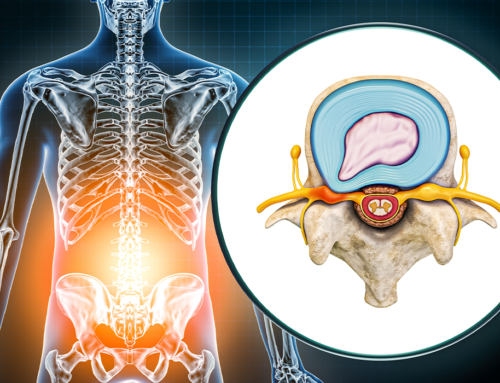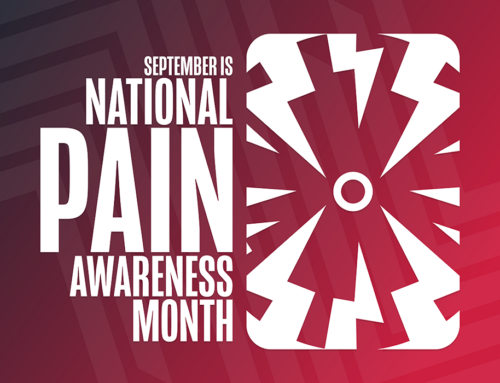Radicular pain refers to pain that “radiates” along a nerve due to inflammation, injury or compression to the spinal nerve root.
The pain usually follows a specific nerve in the leg, and it radiates into the lower extremity, (thigh, calf, and occasionally the foot). The pain is typically described as deep and steady, and it can be irritated by activities or positions like walking and sitting. It is often accompanied by tingling, numbness, muscle weakness and loss of specific reflexes. Low back pain is often present as well, although leg pain can typically be much worse than the low back pain. The specific areas of the leg and/or foot that are affected is determined by which nerve in the lower back is impinged. If there is compression in higher lumbar nerve roots, this can cause radicular pain in the front of the thigh and shin.
The most common causes of radicular pain are:
Sciatica, which is commonly used to describe radicular pain, is referred to as such because the pain follows the sciatic nerve, but it is not an actual diagnosis.
Diagnosis
Proper diagnosis and treatment of radicular pain is best in its early stages. Along with understanding a patient’s history and their description of the pain, there will be a physical examination, as well as imaging studies (MRI, CT-myelogram) used to confirm the diagnosis. Typically, the imaging studies will show the impingement on the nerve root.




